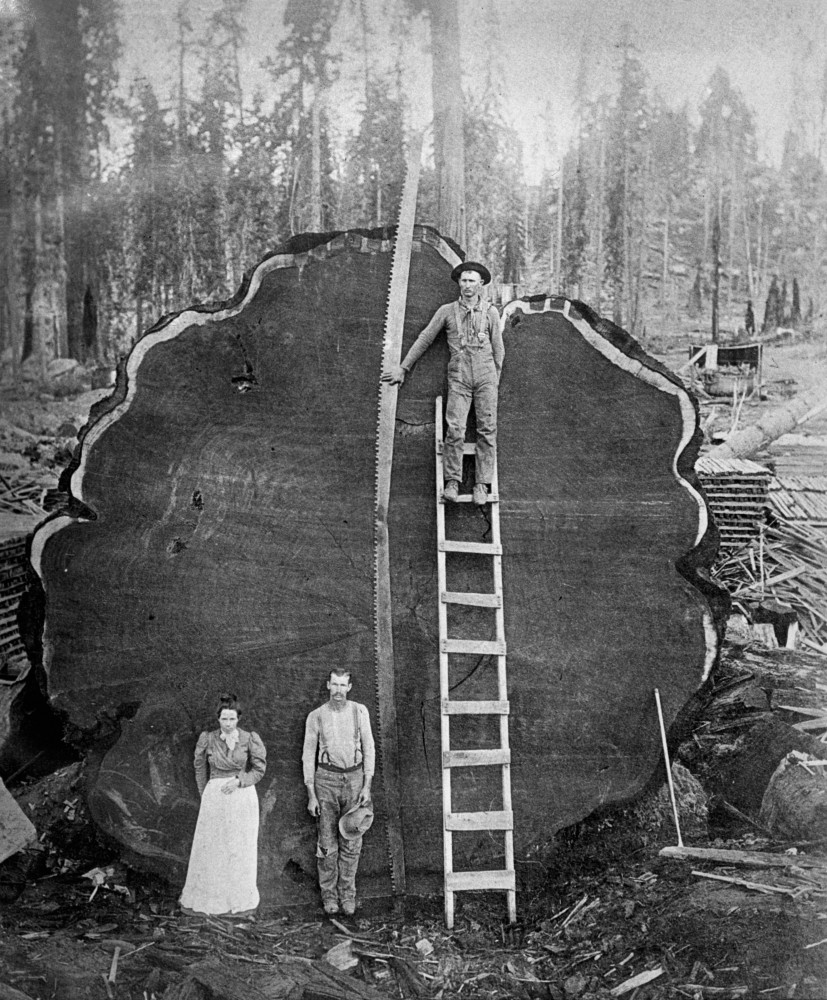
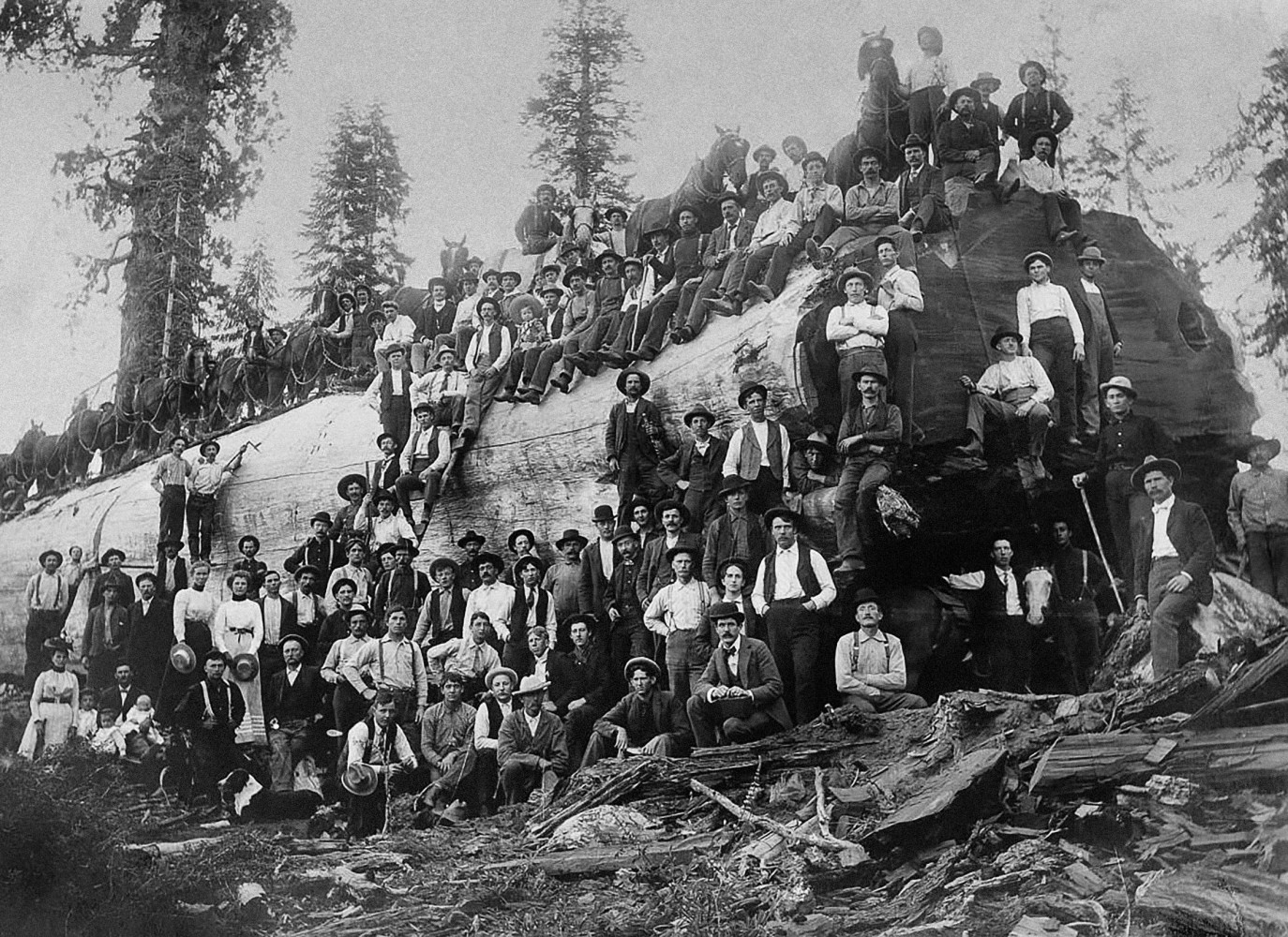
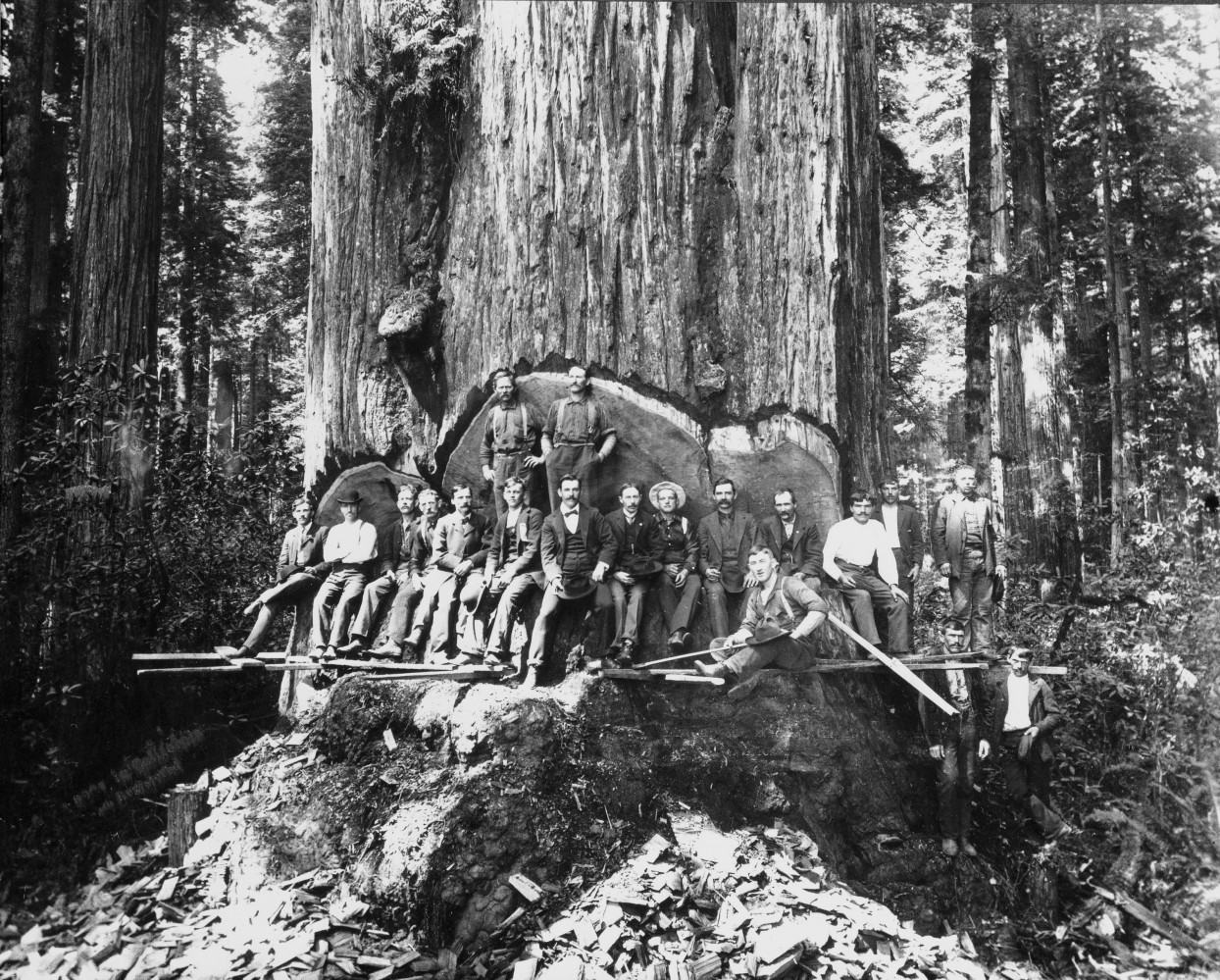
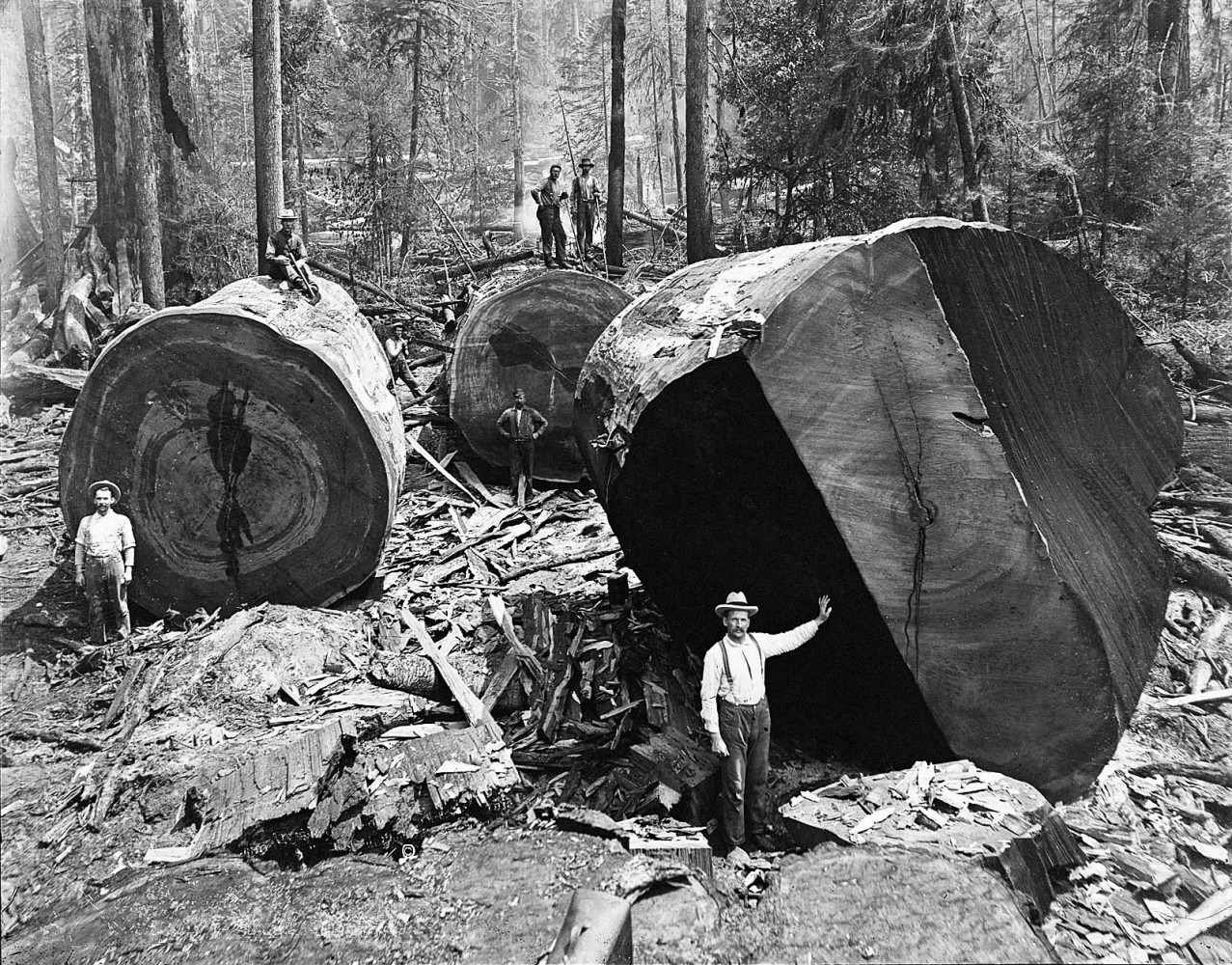
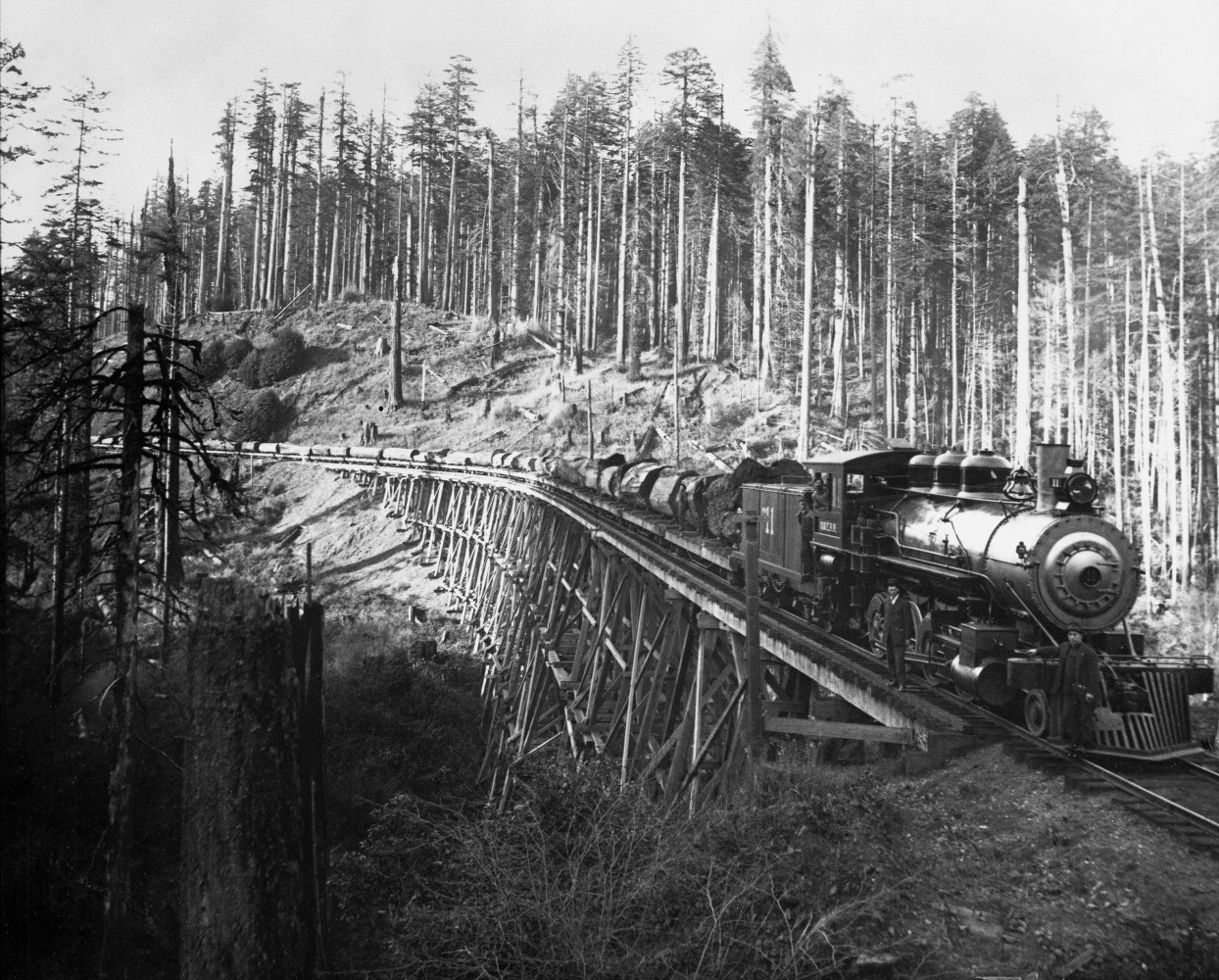
Up until the mid-19th century, only Native Americans living in the area knew about the existence of Californian sequoias. In 1852, hunter Augustus T. Dowd came across 92 huge specimens. Speculators immediately became interested in the Calaveras County sequoias. The first of them, dubbed the “Giant Tree”, was cut down on 27th June 1853. It was 91 metres high and estimated to be over 1200 years old. Fragments of its bark were sent to be displayed at exhibitions in San Francisco and New York, and the felled trunk became a great tourist attraction. The second famous tree was the 2500 years old (and 100 metres high!) “Mother of the Forest”. It was partly stripped of its bark (also for profit), and as a result lost its leaves and died. The obliteration of sequoias met with public outcry. In 1864, senator John Conness urged the Congress to protect the area. The act paved the way for the ecological movement, thanks to which the first national park, Yellowstone, was created in 1882. The area where California sequoias grow did not become a state park until 1931.






